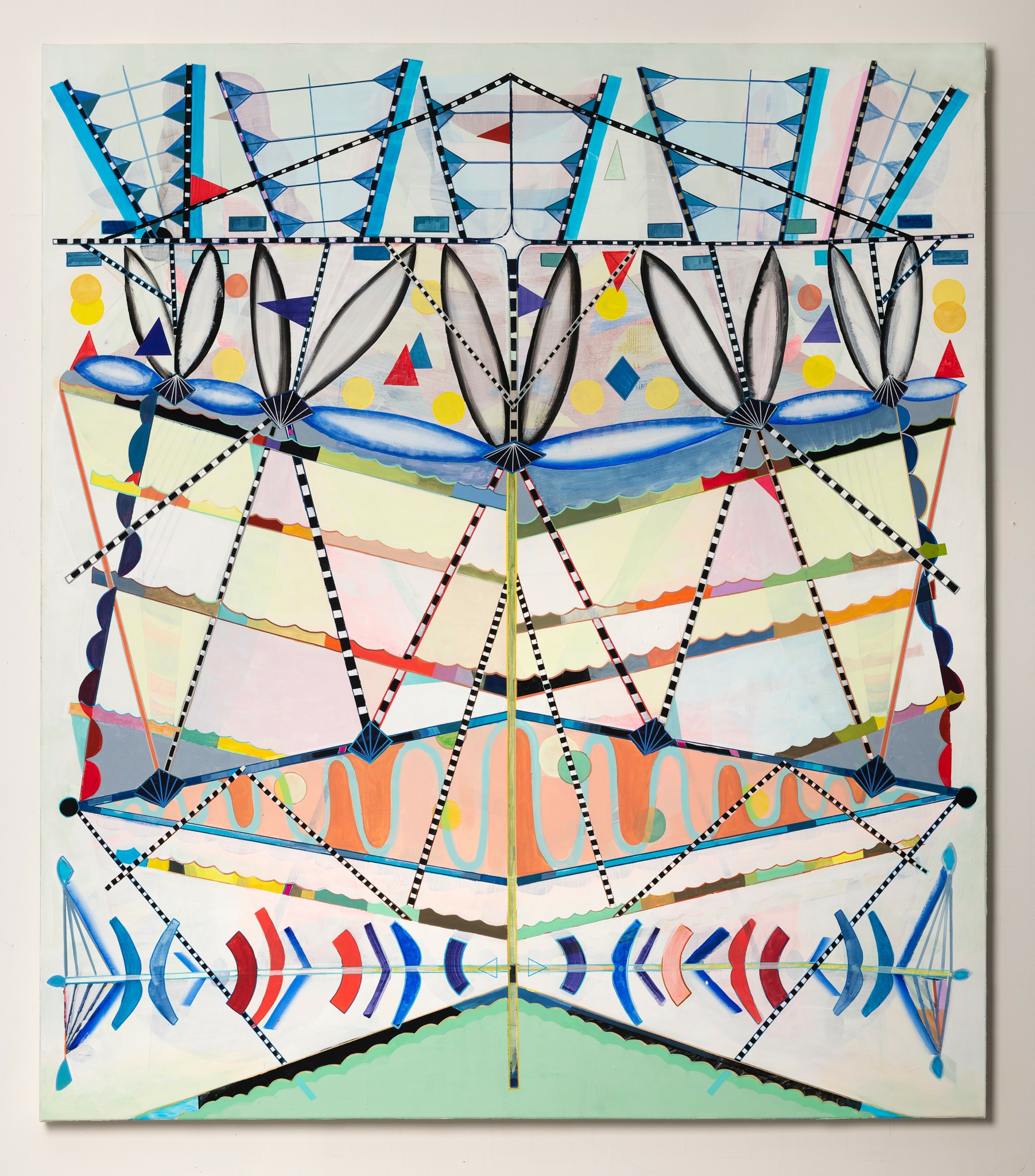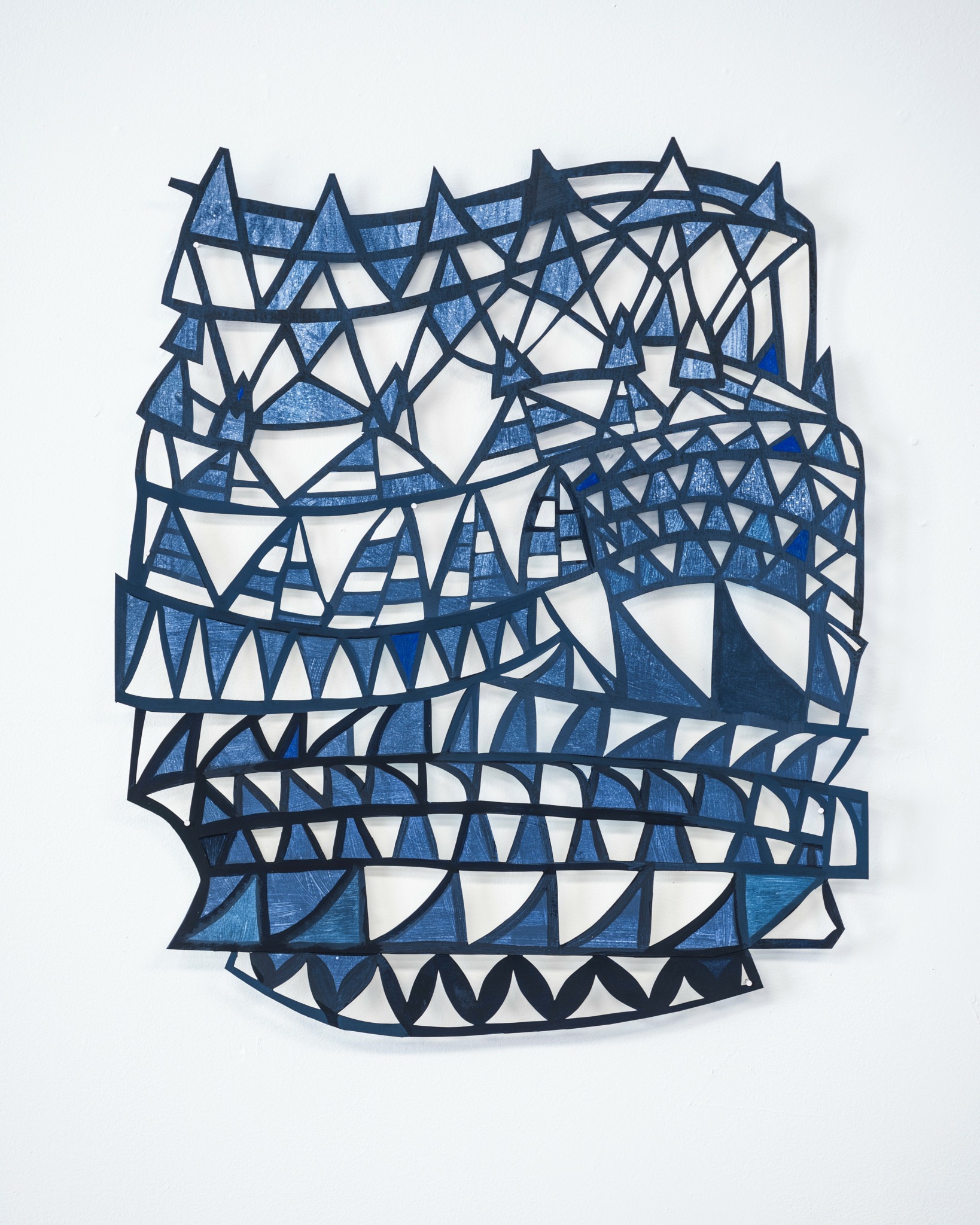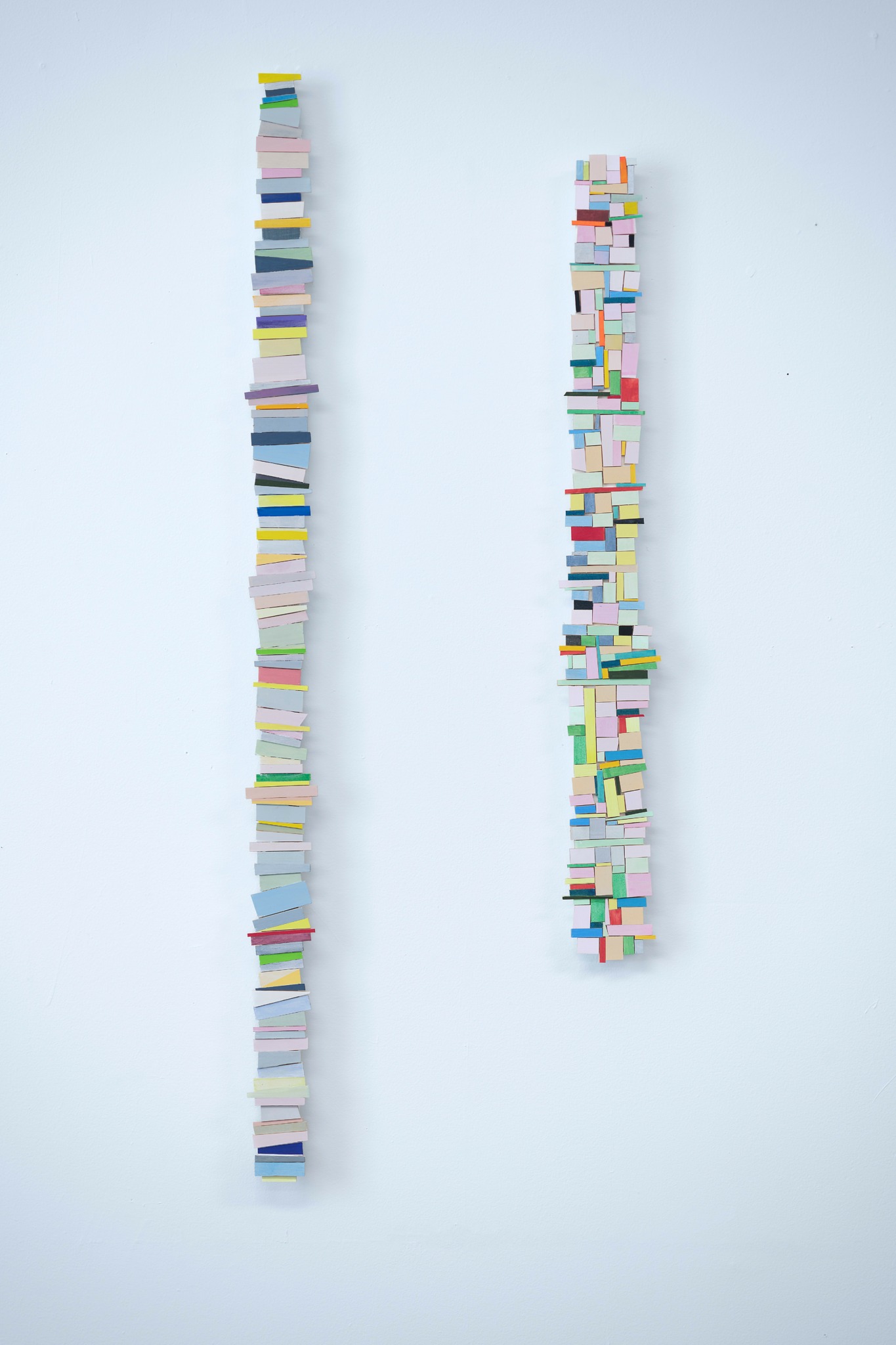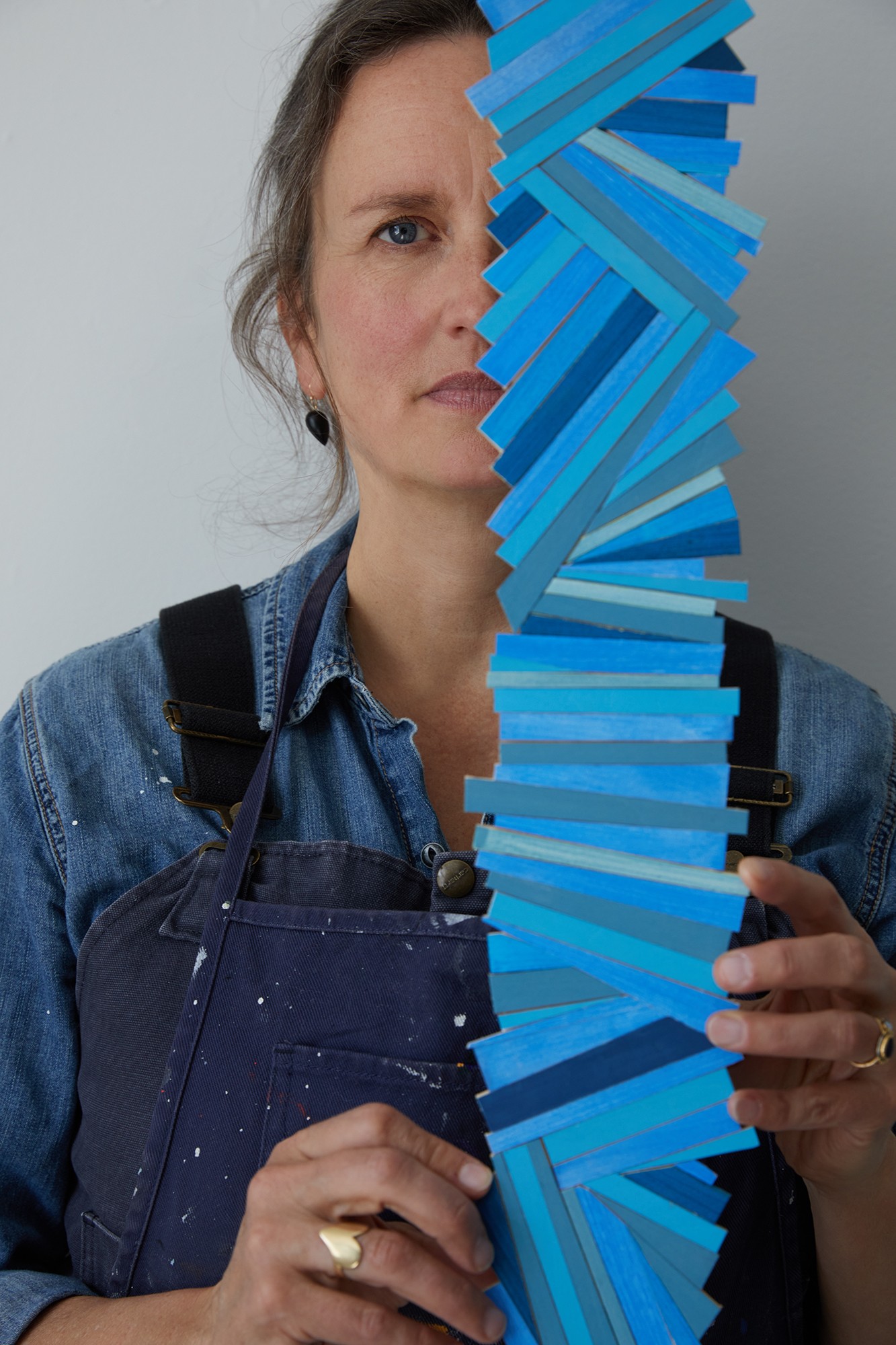We caught up with the brilliant and insightful Ruby Palmer a few weeks ago and have shared our conversation below.
Ruby, thanks for taking the time to share your stories with us today Did you always know you wanted to pursue a creative or artistic career? When did you first know?
In my twenties, I moved from Wyoming to Brooklyn. I’d been raised on the East Coast, but had lived out west after college. This decision came out of missing a more informed art community and longing to see and talk about things that excited me-not just visual art, but also theatre, architecture, literature, all things creative. This was the first time I’d made a commitment to my art pursuits in a more serious way. I had to work full time at a variety of day jobs to support my studio work, but being in NYC was mostly fun and inspiring, and connections were made quite easily just by living there. I eventually attended grad school at the School of Visual Arts for my Masters of Fine Arts. That experience cemented things for me as far as commitment and focus. Of course, I still had to contend with how to pay the bills and the student loans. Being an artist is a long road for most of us. Only a very few are able to make their own work, from a young age, full time.


Great, appreciate you sharing that with us. Before we ask you to share more of your insights, can you take a moment to introduce yourself and how you got to where you are today to our readers.
I’m the daughter of two artists (painters), and grew up looking at art, painting mostly. I actually didn’t like it much when I was a kid! I wanted a more traditional life. We lived in a house that my parents built themselves, the only house on a long dirt road. I was somewhat surprised to find myself loving making things in high school (ceramics was a favorite, and I also enjoyed oil painting), and it felt very natural. I wound up in a drawing class first semester in college that changed my life. I was fairly miserable at the time, and some of the only comfort I found was being in the “art barn” , which housed the student studios and classes, and a black cat, which I considered a good omen. The program was very intensive, and it was all or nothing. I was really into it.
I think every artist is on their own path, and the route varies quite a lot. My experience has been that nothing has held my attention or felt as exciting as art making did/does, so any job I had to support myself paled in comparison. I’m happy that I stuck it through, as only now, well into my 50s, are things feeling like they are moving along as far as working in my studio most days, having regular shows, and getting cool opportunities. For example, a curator that I’ve worked with in the past presented an opportunity for me to make a giant public art piece in an airport, which was thrilling to see through.
I work in a variety of mediums, and I advocate for all artists to stay open. Currently I am painting-but I also make sculpture, cut paper pieces, work on paper and installations. This freedom allows me to use what I learn from one medium in all the others.


We’d love to hear a story of resilience from your journey.
After finishing graduate school, I was working full time at various day jobs and only making my artwork at night and on weekends. I got married in my mid-thirties and had children, twins, which required a major re-assessment of how to continue with my work, if at all. I wanted to be home as a new mother, so we decided to live off my husband’s income, and lost the health insurance that came with my day job. For a while, all I had was a small table in our bedroom to make my work. After a year or so, I rented a tiny, cold shared studio within walking distance of our apartment, and worked for just a few hours per week. Gradually, as my kids got older, I increased my studio time bit by bit. It was definitely frustrating to be wanting to work, and having ambitious ideas, but having few resources to support the dream. I started making watercolors at the kitchen table, something I continue to do today, even though I now have a proper studio outside of the home. I think being able to work no matter what is important for an artist’s mental health. Even if it’s just writing down ideas and making small work.
I also got diagnosed with colon cancer when I was 42, which threw me for another major loop. My girls were just entering kindergarten. The year-long treatment was harsh and draining, and I spent a lot of time in bed resting. I didn’t really work at all and didn’t care to. Coming out of that and back to health took a number of years, and I had to be extremely patient and lower my expectations, as well as re-evaluate my ambitions. There is never a perfect situation, even when you’re healthy, and I’ve learned to work hard when I am feeling good and able to, and to be present with my family when that is needed. It is a constant balancing act.


What’s the most rewarding aspect of being a creative in your experience?
Getting into the studio most days of the week, and making work that people get excited about and sometimes want to actually purchase, is very gratifying. But perhaps the best thing is seeing both my own and other artists’ work grow and expand. I find that so exciting and engaging.
Contact Info:
- Website: https://www.rubypalmer.com
- Instagram: @rubypalmerstudio


Image Credits
PORTRAIT of artist: Cleo Sullivan


